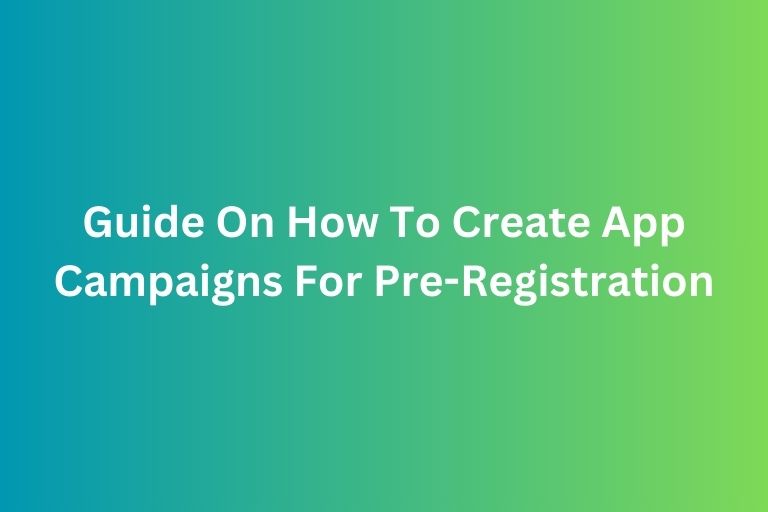CPM, or Cost Per Mille, measures the cost of serving 1,000 ad impressions to an audience. Derived from the Latin word “mille,” meaning thousand, CPM offers an easy way to evaluate the cost-effectiveness of your advertising efforts.
In this article, we will learn about what is CPM, its importance, how to calculate, and how to optimize the CPM for the ad budget.
What is CPM and Why Does It Matter?
CPM quantifies the amount advertisers pay for every thousand views of their ad. Whether you're running ads on Google, Facebook, or traditional media, CPM acts as a universal metric to compare the efficiency of ad spending across platforms.
For example, a CPM of $5 means that you spend $5 for every 1,000 times your ad appears on users' screens. It doesn’t guarantee clicks or conversions—it only measures visibility. This simplicity makes CPM essential for brand awareness campaigns where reach and frequency are the primary goals.
Learn more: What Is Cost Per Mille CPM?
The Importance of CPM
- Budget Planning: It helps advertisers plan and allocate budgets effectively.
- Performance Benchmarking: CPM enables you to compare performance across different platforms or ad strategies.
- Scalability Analysis: A lower CPM allows brands to reach a broader audience with the same budget.
- Strategic Adjustments: Monitoring CPM trends can reveal shifts in competition, audience demand, or ad effectiveness.
How to Calculate CPM
The formula to calculate CPM is the (Total Cost Of Campaign Total Impressions/Total Impressions)*1000.
For example, if you spend $500 on an ad campaign that garners 100,000 impressions, your CPM is (500/1000,000)*1000 = $5.
This formula provides a clear snapshot of how much you’re paying to reach 1,000 people, allowing you to gauge cost-effectiveness.
What is Considered High or Low CPM?
As a general guideline, $20 or more is often considered high CPM and below $5 is considered low across many digital platforms.
To determine whether your CPM is high or low:
- Compare your CPM against industry benchmarks and averages for your platform.
- Analyze campaign goals. Awareness campaigns may tolerate higher CPMs, while conversion-driven campaigns should balance CPM with ROI.
- Examine ad quality and relevance such as ineffective or low-quality ads can lead to unnecessarily high CPMs.
Typical CPM Ranges Across Platforms (2024 Averages)
- Social Media Platforms:
- Facebook/Instagram: $5–$15
- TikTok: $6–$12
- LinkedIn: $30–$60 (due to its niche professional audience)
- Search Ads: $20–$50
- Display Ads: $2–$10
- Video Ads (e.g., YouTube): $10–$30
- Programmatic Ads: $2–$12
- Traditional Media (TV/Print): $20–$50+
High vs. Low CPM: What Do They Indicate?
Understanding whether your CPM is high or low depends on your industry, platform, and campaign goals. Here's what different values might suggest:
- High CPM
Higher CPM indicates greater competition for your audience, premium placements, or a highly targeted niche. While it may seem costly, a higher CPM can be justified if the impressions lead to higher engagement or conversion rates(ROI).
- Low CPM
Lower CPM suggests lower competition or broader targeting. While cost-effective, it may also indicate lower-quality placements or less relevant impressions. The placements might lack visibility, which will affect performance metrics like clicks or conversions.
How to Improve CPM for Better Ad Spend Efficiency
Improving CPM involves balancing cost with the quality of impressions. Here are some practical strategies:
- Refine Targeting: Ensure your ads are reaching the right audience. Platforms like Google and Facebook offer advanced targeting options that can reduce wasted impressions, improving CPM.
- Enhance Ad Quality: High-quality, engaging ads receive better placement at lower costs. Focus on captivating visuals, compelling copy, and clear calls-to-action.
- Leverage A/B Testing: Experiment with different ad creatives, formats, and placements to identify what resonates best with your audience.
- Monitor Bid Strategies: Platforms using real-time bidding often adjust CPM based on your bid amount and competition. Review and optimize your bid strategy to avoid overpaying.
- Choose the Right Platforms: Some platforms inherently offer lower CPMs. For instance, display networks often have lower CPMs compared to search ads.
- Optimize for Ad Relevance and Quality Score: Platforms like Google Ads prioritize ads with higher relevance and quality scores, rewarding them with lower CPMs.
- Focus on Seasonal Timing: Avoid peak competition periods unless they’re critical for your campaign, as these can inflate CPMs.
Learn more: How To Know Your Target Audience For Paid Advertising
Final Thoughts
By understanding CPM and applying targeted strategies to optimize it, you can stretch your ad budget further while achieving meaningful results. You can maximize your ad budget and achieve your business objectives with the right techniques.
Contact FoxAdvert Today!
If you're looking for a reliable partner to help you navigate and optimize your ad campaign strategy, FoxAdvert is the service provider you need! Contact us today 😊











